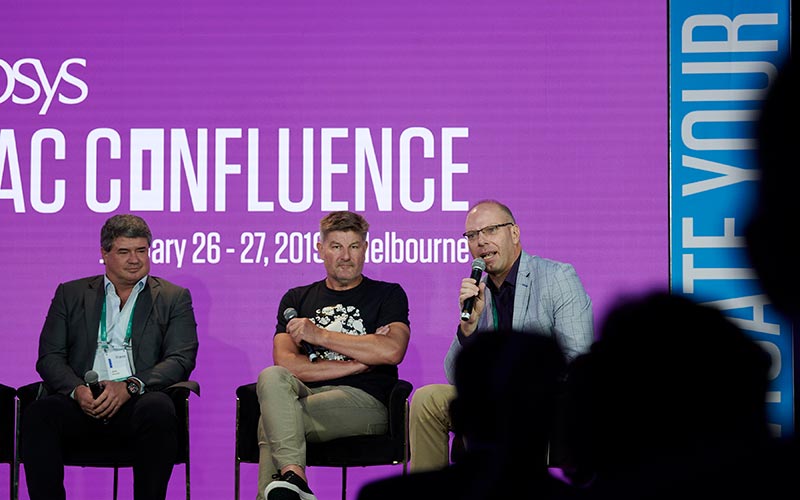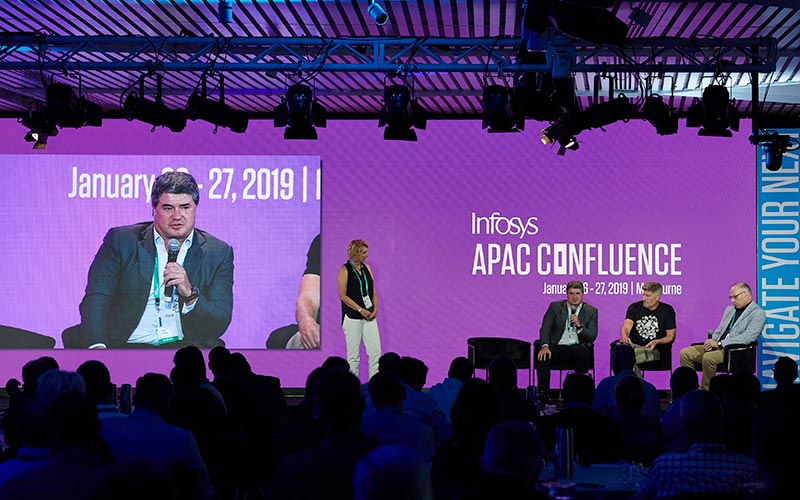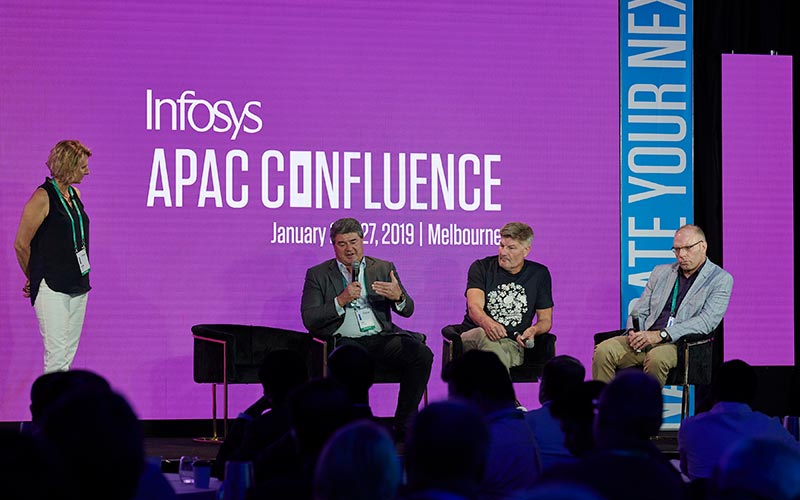
The existing skill gap has made it evident that learning is no longer just a competitive advantage but a competitive necessity. Digital transformation has permeated every industry and education is no exception. For the past decade or so, there has been a silent revolution in the sector driven primarily by students and organizations. With changing times, always-on learning and continuous improvement is slowly but surely becoming the new norm. Inability to stay abreast of these changes causes organizations to regress and eventually fail to exist in the market. Lisa Borden, Partner and Head of ANZ, ISG was the moderator of the discussion that included client speakers like Tony Baird, CTO of Vodafone, Jonathon Alloway, CTO, Temasek and industry leader Warwick Dawson, Senior Director, Education, UNSW. This panel offered the academic and enterprise perspective on how learning has evolved over time and the ways to secure learning in an age of digital transformation.

Key Takeaways

Collaborate to identify and fill learning gaps
Universities work closely with enterprises and governments to identify and breed the talents required by restructuring the courses and curriculum they offer to create a societal impact.

Convergence of skillsets
With the convergence of technology and disciplines, it is critical to assimilate knowledge from different sources, contrary to the past, when specializing in one area was enough.

Constantly learn, consequently grow
Specially designed short courses, both systemic and specific exist to update or refresh skills of existing employees who don't have the time or inclination to undertake a complete course.

Bridge the skill gap with upskilling/reskilling
Organizations must invest heavily in training and development programs to reskill capable existing members of their staff to meet the needs of the present, in the present.
We often hear that talent is the number one asset, but we hear it so much that we lose belief.






